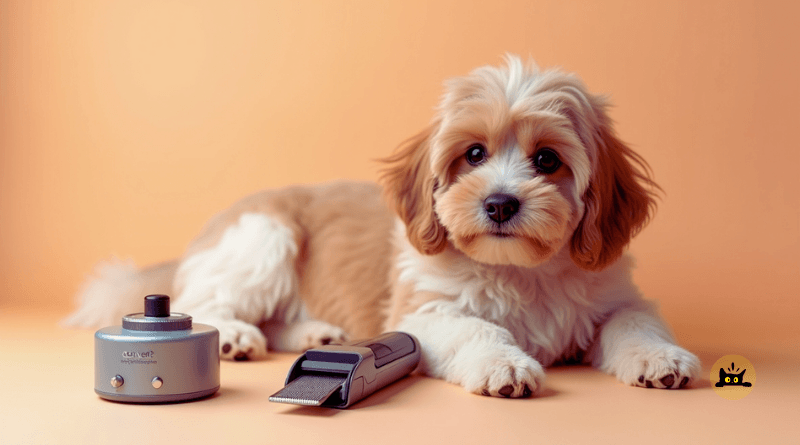Dog nail trimming may seem like an easy task, but it requires some effort to keep your pet safe and comfortable. A proper dog nail trimming session can go a long way in preventing discomfort, accidental injuries, or even infections. In this guide, we will provide actionable dog nail trimming tips and easy steps to ensure the process is stress-free and enjoyable for your dog.
Why Dog Nail Trimming Is So Important for Your Pet?
Long nails can be an extreme source of pain and discomfort when digging into hard surfaces or snagging onto fabrics. Keeping a dog’s nails trimmed increases the dog’s comfort and, therefore, helps avoid issues such as trouble walking or undue stress on joints. Many pet professionals argue that regular nail trimming is an essential part of a dog’s basic grooming. Nail trimming is also a great time to check your pet’s paws for cuts, redness, or other indicators that something might be wrong.
Prepare for Nail Trimming
Start by setting up a calm and friendly environment. Choose a quiet spot where your dog feels safe and relaxed. Assemble everything you will need: a good pair of pet nail clippers (or a gentle nail grinder), a soft towel for wrapping your dog if needed, and some treats to reward your pet for good behavior. Trimming when your dog is calm—perhaps after a good walk or playtime—is best. Allow your dog to get a good sniff of the tools, such as the clippers, to prevent any fright during the nail trimming process.
Observe the Nails
Before the trimming procedure, closely examine your dog’s nails. Each nail has a sensitive part known as the “quick,” which is the pink area within the nail. Cutting too close to this soft part could result in discomfort or bleeding. Watch for any signs that indicate where it is safe to cut—usually right before the quick. If your dog has dark nails, take your time and trim little by little until you see the slightest difference in color at the tip. Always keep your dog’s comfort in mind and be gentle while checking each nail.
Trimming Nails – Step by Step
Start with one paw at a time. Hold your dog’s paw gently and press the pad to make the nail extend. Use your clippers to trim a small piece off the tip of the nail, taking extra caution near the quick. Trim just a little at a time so that you don’t inadvertently cut into the quick. If your dog begins to get agitated, set aside the nail and try again later. Remember, it’s better to trim a bit more frequently than to risk cutting too much at once.
If you’re using a nail grinder, apply it gently against the nail tip and move slowly. Grind just enough to smooth the edge of the nail, being careful not to get too close to the quick. Work slowly and stop if your dog shows any signs of discomfort.
Post-Trimming Comfort
After you’re done trimming, tend to your dog with kind words, treats, and some playtime. Check each nail to ensure there aren’t any small pinpricks or signs of bleeding. If you notice a little bleeding, apply gentle pressure with a clean cloth until it stops—use only soothing wipes meant for pets, not rough chemicals. This simple aftercare step helps avoid discomfort or infection.
Troubleshooting & Tips
If you trim too close and notice bleeding, stay calm. Grab a clean napkin and apply gentle pressure to stop the bleeding. Comfort your companion with a soothing voice and gentle strokes if he seems very upset; call your veterinarian if any concerns persist. Over time, you will get used to trimming, and you’ll learn how your dog behaves and what works best for them.
Also, after each grooming session, clean and properly store your clippers. Clean tools ensure that your dog’s nails stay healthy and free of germs. Make it a habit to trim your dog’s nails every few weeks because long nails can cause discomfort and even affect their walking style.
Summary
Cutting your dog’s claws is an important aspect of pet care that contributes to their comfort and health. By following these easy steps—preparing the area, thoroughly checking each nail, taking your time to trim, and rewarding your pet—the nail trimming session can become a positive part of your routine. A little preparation and a calm, friendly approach can transform a daunting task into a delightful aspect of caring for your pet.
Sources : The Kennel Club, Humane Society Veterinary Medical Association

